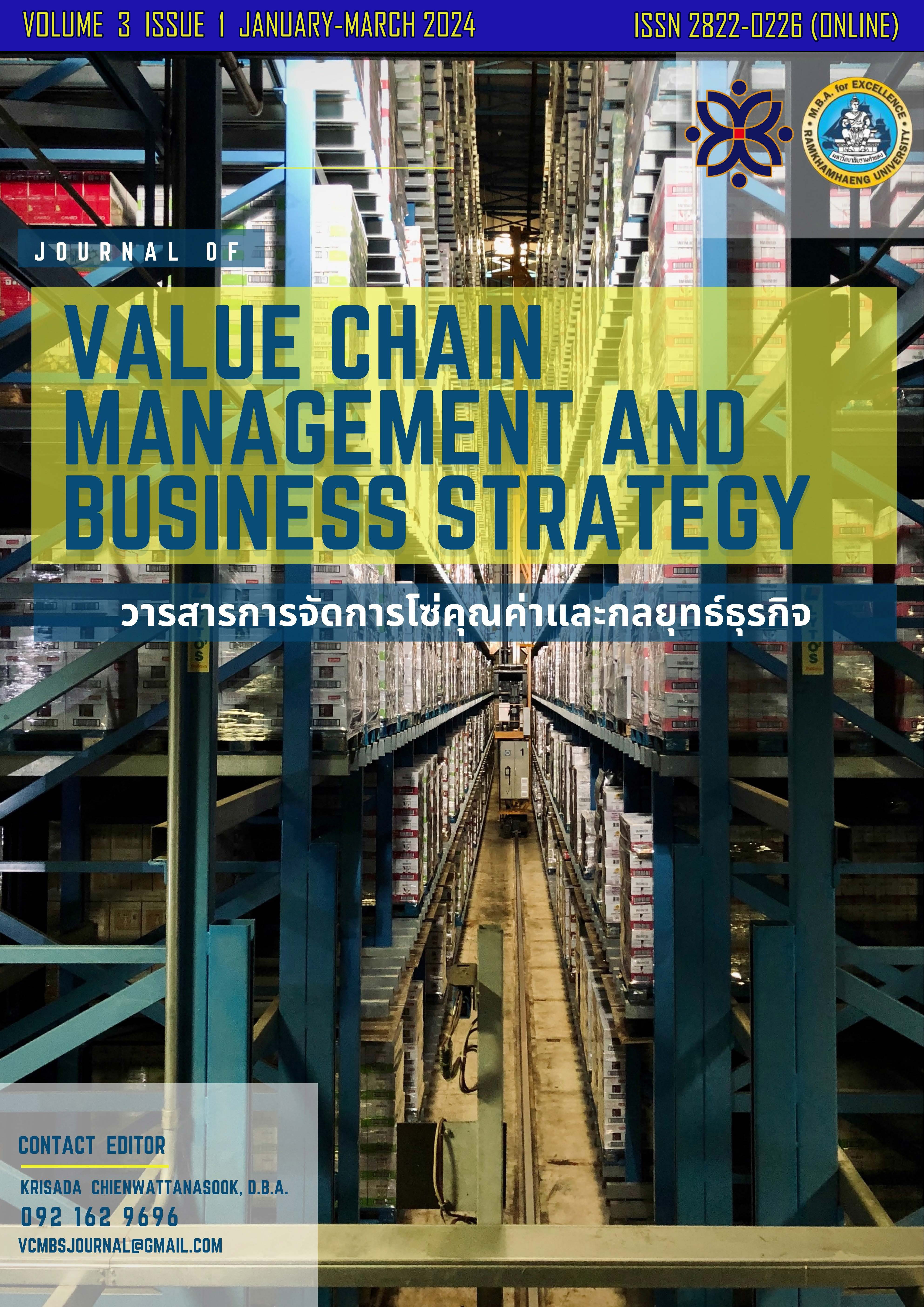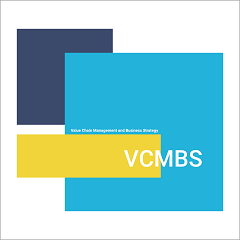PHYSICAL AND ENVIRONMENTAL FACTORS WITHIN THE ORGANIZATION THAT IMPACT EMPLOYEE RETENTION IN REGIONAL REVENUE OFFICE 3, BANGKOK
Keywords:
Physical Factor, Internal Organization Environment, RetentionAbstract
The objectives of this study were to examine the personal factors that influence employee retention in Regional Revenue Office 3, Bangkok and to investigate the physical and environmental factors within the organization that influence employee retention in Bangkok Zone 3 Tax Office. The sample consisted of 400 employees including civil servants, government officials, permanent employees, and temporary employees of Regional Revenue Office 3. Data were collected using questionnaires and analyzed using frequency, percentage, mean and standard deviation. In addition, the hypotheses were analyzed using a t-test for independent samples, one-way analysis of variance and multiple regression analysis.
The results show that most respondents are female, between 30 and 39 years old, single, with a bachelor's degree, employed for 6 to 10 years, and with an average monthly income of over 35,000 baht. The results of the hypothetical test show that various personal factors such as gender, age, marital status, education level, job tenure and average monthly income indifferently influence the retention of employees in Regional Revenue Office 3. In addition, physical and environmental factors within the organization, including work environment conditions, organizational policies and management, internal organizational relations, and compensation, influence employee retention in Regional Revenue Office 3 with a predictive power of 10.1 percent at a statistically significant level of.05.
References
กรมสรรพากร. (2560). กฎกระทรวง แบ่งส่วนราชการกรมสรรพากร กระทรวงการคลัง พ.ศ. 2560. https://www.rd.go.th/8501.html
กรมสรรพากร. (2566). วิสัยทัศน์ พันธกิจ และกลยุทธ์. https://www.rd.go.th/19954.html
คำลาว คำม่วง, เพชรไพลิน จินดำ และฤดี นิยมรัตน์. (2565). ปัจจัยที่ส่งผลต่อการคงอยู่ในองค์กรของบุคลากร บริษัท ไทยปาร์คเกอร์ไรซิ่ง จำกัด. ใน การประชุมวิชาการนำเสนอผลงานวิจัยระดับชาติและนานาชาติ ครั้งที่ 15 “Global Goals, Local Actions: Looking Back and Moving Forward 2022” (น.129-139). มหาวิทยาลัยราชภัฏสวนสุนันทา.
ปณิตา นิรมล และนันธิดา อนันตชัย. (2563). ปัจจัยที่สามารถทำนายการคงอยู่ในงานของบุคลากรมหาวิทยาลัยเทคโนโลยีมหานคร. วารสารสังคมศาสตร์และมนุษยศาสตร์, 46(2), 190-239.
อรัญญา ปาละกะวงศ์, อารีรัตน์ ขำอยู่ และลัดดาวัลย์ พุทธรักษา. (2563). สภาพแวดล้อมการทำงาน ภาวะผู้นำของหัวหน้าหอผู้ป่วย และการคงอยู่ในงานของพยาบาลวิชาชีพ โรงพยาบาลศูนย์ จังหวัดฉะเชิงเทรา. วารสารคณะพยาบาลศาสตร์ มหาวิทยาลัยบูรพา, 28(1), 95-104.
Al-Emadi, A. A. Q., Schwabenland, C., & Wei, Q. (2015). The vital role of employee retention in human resource management: A literature review. IUP Journal of Organizational Behavior, 14(3), 7-32.
Aman-Ullah, A., Aziz, A., & Ibrahim, H. (2020). A systematic review of employee retention: what’s next in Pakistan?. Journal of Contemporary Issues and Thought, 10, 36-45.
Aruna, M., & Anitha, J. (2015). Employee retention enablers: Generation Y employees. SCMS Journal of Indian Management, 12(3), 94-103.
Bratton, J., Gold, J., Bratton, A., & Steele, L. (2021). Human resource management. Bloomsbury Publishing.
Buchanan, D. A., & Huczynski, A. A. (2019). Organizational behaviour. Pearson UK.
Cloutier, O., Felusiak, L., Hill, C., & Pemberton-Jones, E. J. (2015). The importance of developing strategies for employee retention. Journal of Leadership, Accountability & Ethics, 12(2), 119-129.
Das, B. L., & Baruah, M. (2013). Employee retention: A review of literature. Journal of business and management, 14(2), 8-16.
Hancock, J. I., Allen, D. G., Bosco, F. A., McDaniel, K. R., & Pierce, C. A. (2013). Meta-analytic review of employee turnover as a predictor of firm performance. Journal of management, 39(3), 573-603.
Heavey, A. L., Holwerda, J. A., & Hausknecht, J. P. (2013). Causes and consequences of collective turnover: a meta-analytic review. Journal of Applied Psychology, 98(3), 412-453.
Huang, A., Chaiburee, R., & Chiwattanakorn, T. (2022). A study of job satisfaction of personnel influencing employee retention of Chinese e-commerce companies in Bangkok. Journal of Buddhist Innovation and Management, 5(2), 118-129.
Kamalaveni, M., Ramesh, S., & Vetrivel, T. (2019). A review of literature on employee retention. International Journal of Innovative Research in Management Studies, 4(4), 1-10.
Lewis, A., & Sequeira, A. H. (2016). Effectiveness of employee retention strategies in industry. Labour-Personnel economics e-journal. https://ssrn.com/abstract=2167719 or http://dx.doi.org/10.2139/ssrn.2167719
Pitaloka, E., & Sofia, I. P. (2014). The affect of work environment, job satisfaction, organization commitment on OCB of internal auditors. International Journal of Business, Economics and Law, 5(2), 10-18.
Qureshi, M. I., Iftikhar, M., Abbas, S. G., Hassan, U., Khan, K., & Zaman, K. (2013). Relationship between job stress, workload, environment and employees turnover intentions: What we know, what should we know. World Applied Sciences Journal, 23(6), 764-770.
Raziq, A., & Maulabakhsh, R. (2015). Impact of working environment on job satisfaction. Procedia Economics and Finance, 23, 717-725.
Singh, D. (2019). A literature review on employee retention with focus on recent trends. International Journal of Scientific Research in Science and Technology, 6(1), 425-431.
Yamane, T. (1973) Statistics an introductory analysis (3rd ed.). Harper and Row.
Downloads
Published
How to Cite
Issue
Section
License
Copyright (c) 2024 Journal of Value Chain Management and Business Strategy

This work is licensed under a Creative Commons Attribution-NonCommercial-NoDerivatives 4.0 International License.




